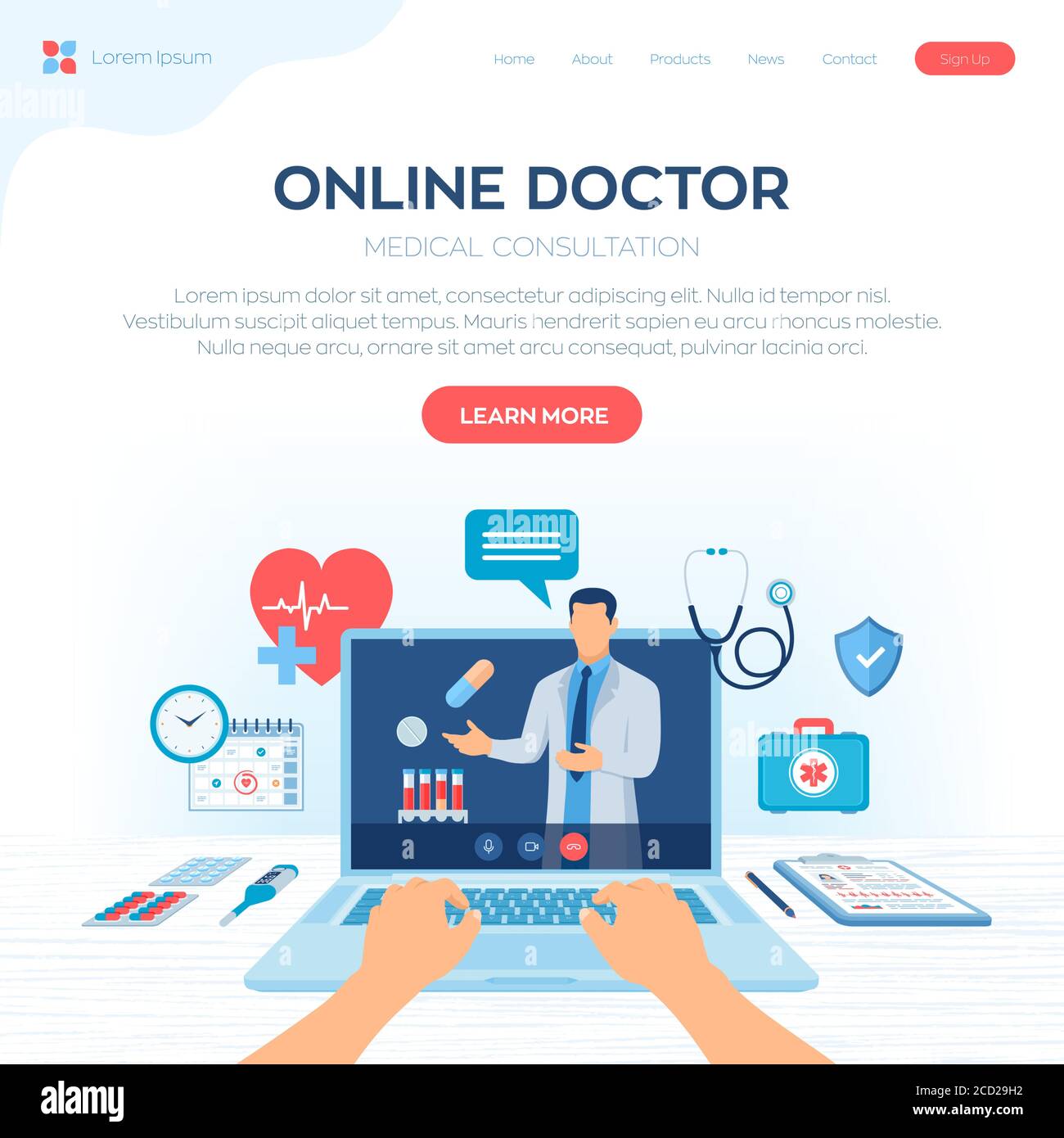Discovering the Development of Subscription Based Healthcare in the Digital Age
Discovering the Development of Subscription Based Healthcare in the Digital Age
Blog Article
The Rise of Subscription-Based Healthcare and Its Influence On Person Treatment
As healthcare progresses, the subscription-based version is getting grip, assuring to change individual care by offering predictability and accessibility. These models, which bypass standard insurance policy, might redefine the patient-doctor dynamic, emphasizing precautionary and customized treatment. Yet, just like any kind of technology, they provide obstacles, specifically concerning fair access for all socioeconomic groups. The potential for these designs to reshape medical care delivery elevates pressing questions concerning their long-term sustainability and inclusivity. Are these registration solutions the future of healthcare, or do they take the chance of leaving susceptible populaces behind? The complexities of this shift warrant a closer evaluation.
Recognizing Membership Health Care Designs
Realizing the idea of subscription health care designs involves analyzing a transformative approach to medical services that emphasizes affordability and access. These versions, usually described as direct medical care (DPC) or concierge medication, have actually arised as cutting-edge alternatives to standard fee-for-service health care systems. Subscription health care allows patients to pay a fixed month-to-month or yearly cost for a specified set of clinical services, which may include unlimited office check outs, regular check-ups, and fundamental laboratory tests, without the requirement for standard insurance policy payment.
The structure of registration health care designs is created to simplify patient care by removing third-party payers and complex billing codes, thereby reducing administrative burdens. Health care service providers can concentrate extra on individual treatment, promoting stronger patient-provider relationships. This model also advertises preventative care by motivating normal sees, as the monetary challenge of per-visit costs is eliminated.
The membership version typically empowers doctor to handle smaller sized individual panels, permitting more tailored treatment. It aligns economic rewards with person health outcomes, as service providers are encouraged to keep client fulfillment and health. In general, recognizing subscription healthcare versions calls for identifying their potential to improve exactly how treatment is delivered and accessed.
Advantages for Providers and patients

For service providers, subscription-based models use the possibility to grow patient-provider partnerships. With a constant income stream, healthcare professionals can commit even more time per person, bring about a more detailed and customized treatment experience. This version likewise decreases dependence over patient quantities, reducing exhaustion and enhancing work contentment. The emphasis on precautionary treatment within subscription plans can lead to far better individual outcomes and reduced lasting health care prices. By concentrating on continuous treatment, service providers can attend to concerns prior to they escalate, inevitably profiting the health care system in its entirety by minimizing the problem on emergency situation and severe treatment solutions.
Problems and challenges
While subscription-based healthcare versions existing countless advantages, they likewise come with a set of challenges and problems that should be dealt with. Access stays a considerable problem, as these models frequently target individuals who can manage month-to-month costs, possibly excluding low-income populations. This raises honest inquiries concerning equitable access to healthcare services. Additionally, the diverse nature of registration strategies can bring about confusion amongst clients pertaining to protection specifics, potentially resulting in unmet assumptions or inadequate care.
Financial sustainability of subscription-based models is an additional concern. Providers have to balance the fixed revenue from registrations with the variable prices of healthcare services, which may rise and fall because of unpredicted clinical requirements. This can produce pressure to restrict solutions or increase fees, potentially look at these guys impacting client contentment and care high quality.
Additionally, governing oversight of subscription-based health care designs is still evolving. The absence of standardized structures can result in inconsistent service high quality and accountability, complicating initiatives to make certain individual protection. Lastly, the assimilation of innovation-- typically a foundation of these versions-- questions about information privacy and safety, as sensitive individual info could be at risk to breaches. Resolving these obstacles is vital for the successful and fair execution of subscription-based medical care.
Influence On Patient-Doctor Relationships
One substantial influence of subscription-based healthcare versions on patient-doctor partnerships is the capacity for improved continuity and customized treatment. By taking on a subscription model, medical professionals can handle a smaller sized individual panel, allowing for even more committed time with each person. This enhanced availability promotes a much deeper understanding of a patient's clinical history, lifestyle, and preferences, allowing more customized therapy strategies and treatments.

Nonetheless, it is very important to identify that while subscription-based models may benefit those who can afford them, they can unintentionally widen healthcare differences. Individuals that are not able to take part in these designs may experience lower accessibility to individualized treatment, potentially influencing their partnerships with health care carriers. Hence, while the subscription version supplies encouraging benefits for patient-doctor connections, it additionally positions challenges that require to be resolved to guarantee fair medical care accessibility.
Future of Health Care Gain Access To

The duty of technology can not be overlooked in this makeover. Telemedicine systems and digital wellness records help with smooth interaction in between patients and health care providers, damaging down geographical and logistical barriers. In addition, improvements in synthetic knowledge and information analytics can further individualize healthcare by forecasting client needs and maximizing therapy strategies.
However, the future of medical care access additionally presents challenges, such as guaranteeing equity throughout different socio-economic teams. Policymakers and health care companies must collaborate to connect the electronic divide, making sure that subscription-based models remain inclusive and economical. As these systems develop, they hold the guarantee of making healthcare a lot more easily accessible, effective, and patient-centric.
Verdict
Subscription-based healthcare models are reshaping individual care by providing a stable cost framework and boosting ease of access. The increase of subscription-based medical care encourages positive client involvement, which has the possible to enhance individual results and contentment, signifying a transformative shift in health care shipment.
As healthcare progresses, the subscription-based version is obtaining grip, guaranteeing to change patient treatment by providing predictability and accessibility.Subscription-based healthcare models offer distinctive benefits for both carriers and individuals, improving the general health care experience.As healthcare original site systems advance, the future of medical care accessibility often hinges on the assimilation of ingenious designs and technologies.Subscription-based healthcare versions are go right here improving client care by supplying a steady expense structure and boosting ease of access. The rise of subscription-based medical care urges positive client interaction, which has the potential to boost client end results and complete satisfaction, signaling a transformative change in health care shipment.
Report this page